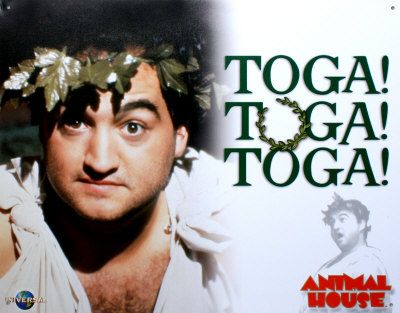
Leveraging Culture and Alignment to Create Momentum
Unless you live on Pluto – that’s a legit planet, btw – you’re aware that Cardinal Robert Prevost was named Pope Leo XIV on May 8. While I’m not a religious individual, I did keep an eye on the papal conclave to see how the election would shake out. Why? (No, it’s not just because I recently watched the movie Conclave)….Culture. Specifically, I tuned in to see how disparate visions for Roman Catholicism would shape the trajectory of the election. Would the Church sustain the reforms of Pope Francis? Would there be a correction back toward the traditional practices of yesteryear? Would cardinals identify a leader who could both articulate the shape of Catholic culture and create fidelity to the culture? These are big asks of any organization, let alone one with 1.4 billion devotees with a myriad of experiences, talents, and backgrounds.
Defining Culture
When asked to define organizational culture, Dr. Michael Watkins of Harvard famously quipped, “While there is universal agreement that it exists, and that it plays a crucial role in shaping behaviour in organizations, there is little consensus on what organizational culture actually is, never mind how it influences behavior and whether it is something leaders can change.” That said, you can count me among those who view culture as the organization’s personality. What might shape this personality? Values, beliefs, behaviours, history, strategy. Culture can be healthy, toxic, well-defined, nebulous, or a combination of these various traits. You know the organization has a well-defined culture when those observing it from the outside can rattle off a list of words and phrases that describe it. For example, consider what people have to say about Mercedes-Benz. Jay Leno declared, “Mercedes-Benz represents the perfect combination of luxury and performance.” Formula One Driver Lewis Hamilton notes, “There is something special about driving a Mercedes-Benz. It’s an experience like no other.” Did you “hear” that? You don’t have to work for Mercedes to appreciate that its culture – its personality – is well-defined and marked by luxury, performance, and experiences “like no other.” Now think about your culture. How do you describe your organization’s personality? How do others view, or experience, it?
Why?
Culture matters. Culture sets the tone for how employees behave and how they perceive their roles within the organization. Culture also impacts how stakeholders and consumers view the organization. A healthy culture can lead to increased employee engagement, higher levels of productivity, and improved overall performance. In fact, research has shown that companies with a robust organizational culture tend to have lower turnover rates, as employees feel more connected and committed to their work. Harvard’s Michael McCarthy says, “Workplace culture is not just about sticking a list of values on a wall in the break room and then going about your day.” Instead, “It’s a commitment that every person in the organization, including senior leadership, will model their behaviour to support those values. The idea of letting harmful or hurtful behaviour is not acceptable in organizations that truly embody a healthy workplace.” As a leader, you help define culture and get your people on board to nourish it. This is no small project. Consider the task before Pope Leo XIV. In the dawning days of his papacy, the pope from Chicago’s Southside must bring factions together, set the tone on culture, and get buy-in from a billion-plus stakeholders.
Alignment
I firmly believe that organizational culture and strategic or business alignment are deeply interconnected. A strong culture can facilitate alignment by ensuring that employees share a common understanding of the company’s goals and values. Conversely, alignment can reinforce culture by promoting behaviours that are consistent with the organization’s values. See the connection? Leaders build alignment in their organizations by fostering collaboration between stakeholders so that silos are demolished. Leaders work with these stakeholders to define and tweak values and goals. Leaders recognize and reward behaviours that support alignment and, by extension, reinforce culture. Leaders also understand that the interplay of alignment and culture doesn’t require uniformity. In fact. A diverse team with unique backgrounds, experiences, learning styles, and the like can leverage creativity to further refine culture and bolster alignment. As Leo XIV will soon learn as he continues to lean into his new job, the prevailing goal for the “organization” is a common trajectory, not a uniform methodology.
In summary, the relationship between organizational culture and alignment is vital for organizational success. A strong culture can drive alignment, while alignment can reinforce and strengthen culture. By understanding and leveraging this relationship, organizations can create a cohesive, motivated, and efficient workforce that is equipped to achieve its goals without sacrificing its diversity.



